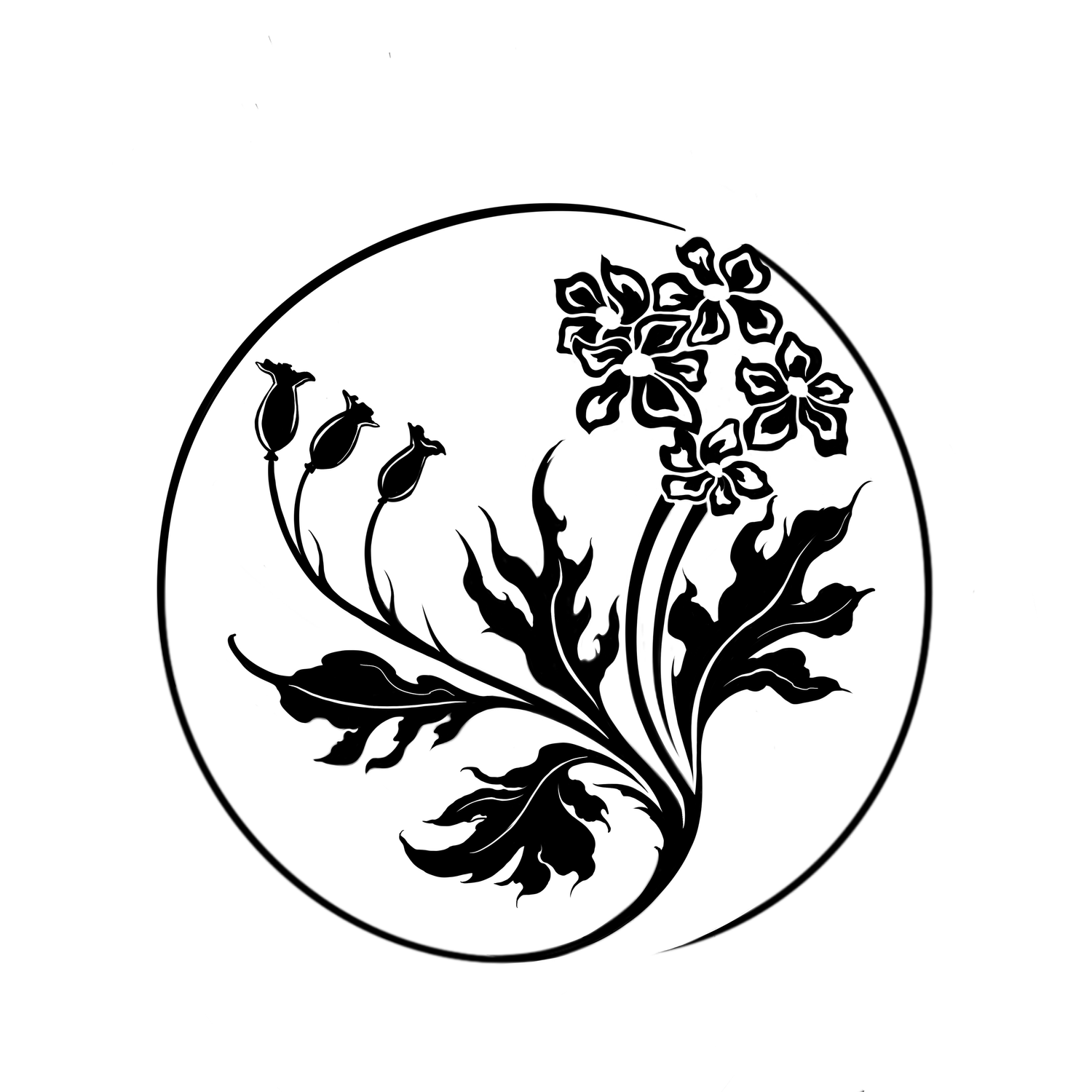How to maintain a healthy & happy body piercing.
maintanence
we all understand the importance of diligent aftercare during the healing process of a piercing. however, it’s crucial to remeber that even after healing, jewelry remains a foreign object within your body and will always require periodic maintenance.
some individuals may notice their piercings becoming tender or inflamed occasionally, even if there is no apparent reason for irritation. a common cause is the accumulation of dead skin cells, sebum, or other debris within the piercing channel itself or on the jewelry.
even a weekly thorough cleaning of the jewelry can significantly reduce the frequency of flare-ups. removing the jewelry is usually unnecessary. instead, focus on using warm water in the shower to loosen any debris stuck to the jewelry. Afterward, irrigate the area with saline solution to remove any remaining particles.
Tips & Tricks
Practice good hygiene: avoid touching your piercings unnecessarily. Even seemingly minor contact can introduce bacteria and increase the risk of infection. this applies to healed piercing as well!
Establish a cleaning routine: The number and complexity of your piercings will determine the frequency and thoroughness of your cleaning regimen.
Invest in high-quality jewelry: Ensure your jewelry is well-made and properly fitted to minimize irritation.
Maintain a clean environment: Regularly wash your bedding/hats/toques/hair etc. to reduce the risk of bacterial transfer to your piercings.
Sleeping: Avoiding pressure on fresh or healed piercings while sleeping can be challenging.
experimentation is key: Finding the right solution often requires trial and error.
creative solutions: Rolling up a clean t-shirt or towel into a donut shape can create a comfortable cushion.
Travel pillows: these can offer support and prevent direct pressure on the piercing.
Piercing pillows: specifically designed with a central hole are available online (Amazon eg.) or by visiting Justinemadedesigns.ca and can provide targeted relief.
troubleshooting
Troubleshooting piercing issues independently can be challenging, and online information can often be misleading. The best course of action is to contact your piercing studio. Providing photos is usually helpful, and an in-person consultation may be beneficial.
you get what you pay for
the quality of your jewelry plays a significant role in piercing health. remember, jewelry is a foreign object in your body. Opting for implant-grade and biocompatible material is always the safest choice. If you’ve recently inserted new jewelry and your piercing starts to show signs of irritation-such as swelling, itching, clear discharge, or tissue retraction-the jewelry itself could be the culprit.

